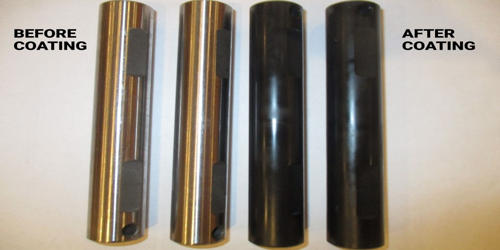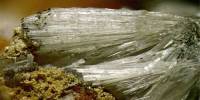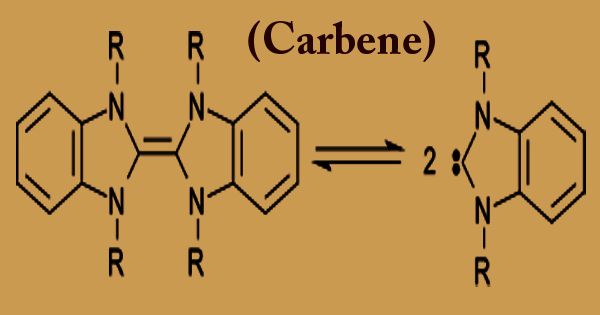Phosphate coating is the crystalline coating applied to the ferrous metals to inhibit corrosion. It is used on steel parts for corrosion resistance, lubrication, or as a foundation for subsequent coatings or painting. It provides strong adhesion and corrosion protection and also improves the friction properties of sliding components. In many applications, phosphate coating is followed by oil coating (P & O) to improve its rusting and anti-galling properties. Principally the coating is used as a binder for oils, rust-preventative waxes, and an undercoat for bonded lubricant coatings. Phosphate conversion coatings can also be used on aluminum, zinc, cadmium, silver, and tin. These coatings have the highest hardness and superior corrosion resistances among all general phosphate coatings.
Phosphate coatings are made up of thin crystalline layers of phosphate compounds that adhere to the surface of the metal substrate. The main types of phosphate coatings are manganese, iron, and zinc. The manganese phosphate coatings are available in black and dark gray color. Manganese phosphate is used both for corrosion resistance and lubricity and is applied only by immersion. They are used as corrosion protection agents, anti-galling agents, and as a lubricant. Iron phosphates are typically used as a base for further coatings or painting and are applied by immersion or by spraying. These coatings are usually applied to carbon steel, low-alloy steel, and cast iron.
Uses
Phosphate coatings are often used to provide corrosion resistance—however, phosphate coatings alone do not provide this because the coating is porous, so oil or another sealer is used to achieve corrosion resistance. Zinc and manganese coatings are used to help break in components subject to wear and help prevent galling. They are also used as Chemical Agent Resistant Coating (CARC) paints on military equipment including munitions, aviation, and ground. This helps them withstand harsh environmental conditions.
Most phosphate coatings serve as a surface preparation for further coating and/or painting a function they perform effectively, with excellent adhesion and electric isolation. The porosity allows the additional materials to seep into the phosphate coating after drying and become mechanically interlocked.
Zinc phosphate coating is mainly used as rustproofing. Zinc phosphate coatings are frequently used in conjunction with sodium stearate (soap) to form a lubrication layer in cold and hot forging. These coatings are usually applied by spraying or immersion. It is formed by crystallization on the surface by a chemical reaction. The sodium stearate reacts with the phosphate crystals which in turn are strongly bonded to the metal surface.
















